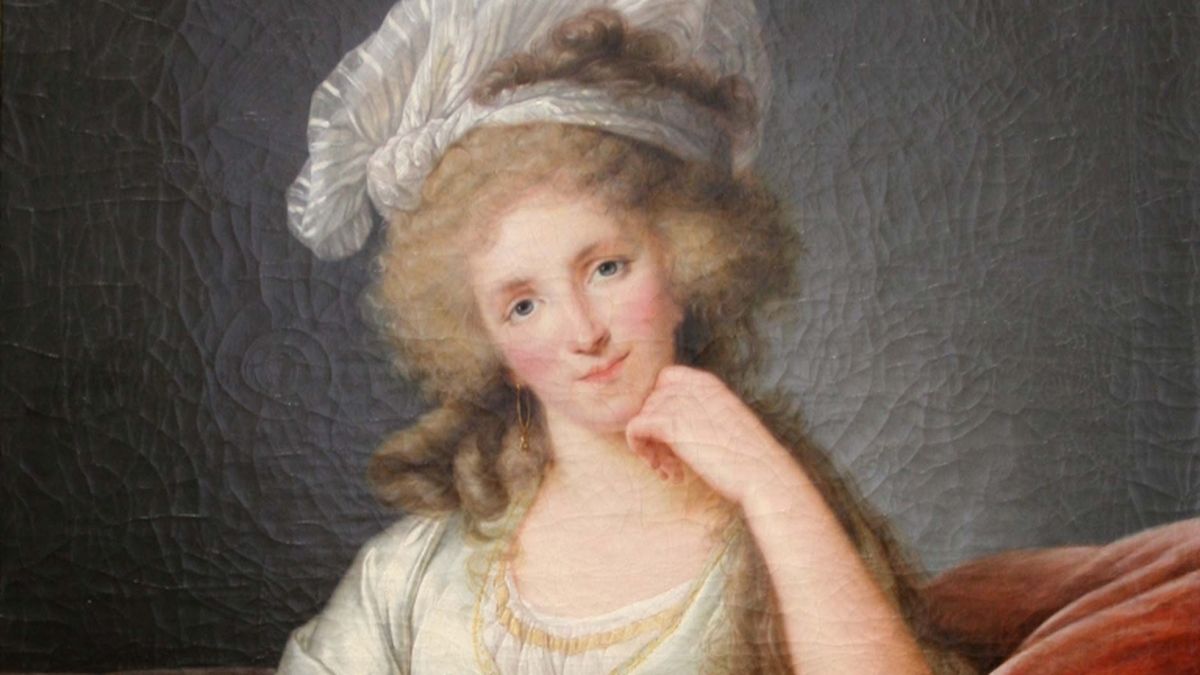 The duchess by Vigée-Lebrun | ©Rvalette / CC-BY-SA
The duchess by Vigée-Lebrun | ©Rvalette / CC-BY-SARaised on the foundations of a medieval castle, the Royal chapel used to be family of Orléans' burial chamber.
The duchess of Orléans, Louise-Marie-Adelaide, came back from 17 years of exile, after the Revolution.
The lady was very exhausted. Racked with grief, she wept for the beloved ones who died during the French Revolution.
She wanted to give them decent graves, because members of her family were simply put in common grave.
So she owned a plot of land located in the castle of Dreux (the collegiate church used to belong to an ancestor, the duke of Penthièvre).
In 1816, the duchess laid down the first stone of the chapel designed by the architect Cramail.
But the mausoleum was too small! Her son, king Louis-Philip, extended it in 1839. He didn't want to destroy his mother's chapel, so he added Neogothic buildings.
The finest artists of that time worked in Dreux mausoleum, which became a true masterpiece: Viollet-le-Duc worked on the architecture details, Ingres and Delacroix completed the stained-glass windows. The recumbent figures in the crypt were sculpted by James Pradier and Antoine Chapu.
